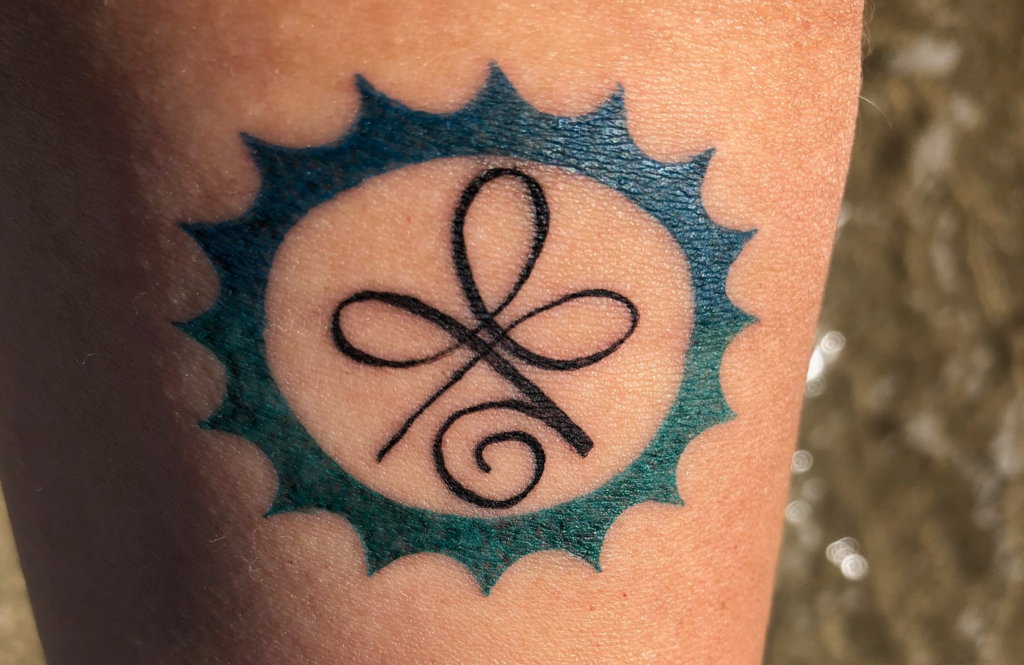
4 Reasons the Virta Program Achieves a 90% Patient Retention Rate at One Year

The Virta program inspires excitement and retention at an unusually high rate. 90% of Virta’s commercial patients, most of whom were living with type 2 diabetes when entering Virta, remained in the program after 1 year. [1] Compare that number to the adherence rate for taking medications among chronic disease patients, about 50%, [2] or common lifestyle interventions with 7-20% retention rates. [3–4]
We’ve identified four reasons Virta has higher retention rates than almost anything available to treat or manage chronic disease.
#1. Quick results motivate patients
Among patients enrolled at 1 year in our clinical trial, 94% of Virta patients prescribed insulin eliminated or reduced their dose. Virta patients on average lowered their HbA1c by 1.3% and improved insulin resistance (as measured by HOMA-IR) while reducing and eliminating glycemic control medications—in fact, 63% of all non-metformin glycemic control medications prescribed to these patients were discontinued. 60% of patients enrolled 1 year attained an HbA1c below 6.5% without the use of diabetes-specific medications. Virta patients lost, on average, 12% of their body weight during that time. [5]
And our outcomes for commercial patients are similar: 61% of patients achieved diabetes reversal, and 77% of diabetes-specific medication prescriptions were eliminated. [1]
Virta pairs a scientific protocol and proven, highly individualized nutritional intervention for type 2 diabetes with continuous remote care to help patients be successful on a daily basis. Virta’s continuous remote care platform creates several layers of support and supervision around the patient—patients have access to educational resources, one-on-one and on-demand coaching from a trained health coach, and supervision and medication management by a physician.
When patients are achieving positive results, they know they’re on the right track. Virta provides peace of mind to patients, allowing them to feel secure and healthy in their choices.
Virta patient Paul said, “Since starting just six weeks ago, I’ve already reduced my A1C, blood pressure, and weight. I’m still working on lowering my A1C further, and we’re still in the process of adjusting all of my medications. But I have perfect blood pressure, and my cholesterol levels are normal. I’ve lost 14 pounds, and I’ve reduced my insulin intake by 80%.”
#2. Daily results and individualized feedback empower patients
Most patients only see their physicians 2–4 times a year. They’re given the standard advice to eat less and exercise more, and even when they follow that advice, they’re usually put on more and more medications as time goes on. Because the standard of care is usually unable to stop the progression of the disease, patients often feel disempowerment, shame, and a lack of self-efficacy.
With Virta, patients track their biomarkers daily, and they’re able to get immediate feedback from their biomarkers and their health coach to see what they’re doing right and what could be improved. This step-by-step, constant guidance and education empowers patients to take control of their health.
Anne, a Virta patient who has been in the treatment for 2 years, says, “The empowerment that this lifestyle change has given me is truly incredible. I used to constantly feel guilt with every food choice I made, which was stressful for me mentally and physically. I got a tattoo to mark my 2-year anniversary on Virta and getting my A1c down 3 points. This tattoo is a tribute to Virta (an organization and health philosophy that changed my life), as well as a constant reminder of my inner strength."

#3. Virta can be sustained
Commercial Virta patients have a 90% retention rate after 1 year [1], a level that’s unheard of for a nutritional intervention.
On Virta patients are able to eat delicious foods until they’re satisfied instead of restricting their calories. Virta also provides several layers of support and education to both facilitate adherence and to help patients get back on track after lapses.
Virta patient Neha says, “Now eight months in, I am still learning and not every day is easy, but I can now see myself doing this forever. My A1c is down to 5.5 from 6.9, my blood pressure is normal, I’m down almost 53 lbs, I have almost no tingling in my legs, I’m sleeping better, and my pain has really improved. I’m completely off insulin and other blood glucose lowering medications. I’m finally achieving what I’ve always been working toward because of Virta."

#4. Virta’s proprietary software enables clinicians to reach out proactively to patients at the right time
Virta uses a proprietary software, Spark, to inform clinicians who is at risk for decline in future health and potentially leaving the treatment, based on our customized machine learning algorithms. With such innovation, commercial retention is very high, with 90% of patients enrolled at one year. [6] More generally, Spark is a comprehensive tool where clinicians can view patient-specific insights from biomarker data, complete treatment history (including biomarker trends and medication changes) and communications. Having a singular “smart” tool (i.e. contains embedded machine learning) allows clinicians to reach out to patients at the right time.
This blog is intended for informational purposes only and is not meant to be a substitute for professional medical advice, diagnosis, or treatment. Always seek the advice of your physician or other qualified health provider with any questions you may have regarding a medical condition or any advice relating to your health. View full disclaimer
Are you living with type 2 diabetes, prediabetes, or unwanted weight?

- Virta Health Registry for Remote Care of Chronic Conditions. Health and economic outcomes among commercially-referred patients enrolled one year, September 2018.
- Sabaté E. Adherence to long-term therapies: evidence for action. Geneva, Switzerland: World Health Organization, 2003.
- Finley, Carrie & Barlow, Carolyn & L Greenway, F & L Rock, C & Rolls, Barbara & N Blair, S. (2007). Retention rates and weight loss in a commercial weight loss program. International journal of obesity (2005). 31. 292-8. 10.1038/sj.ijo.0803395.
- Martin CK, Talamini L, Johnson A, Hymel AM, Khavjou O. Weight loss and retention in a commercial weight-loss program and the effect of corporate partnership. Int J Obes (Lond). 2010;34(4):742-50.
- Hallberg SJ, McKenzie AL, Williams P, et al. Effectiveness and Safety of a Novel Care Model for the Management of Type 2 Diabetes at One Year: An Open Label, Non-Randomized, Controlled Study. Diabetes Ther. 2018. DOI: 10.1007/s13300-018-0373-9
- Bhanpuri NH, Ma’ruf AQ, McKenzie AL, Metzgar CJ, et al. Analytics and artificial intelligence underlying continuous remote care workflows to achieve disease status improvement for type 2 diabetes. Conference on Health IT and Analytics (CHITA), October 2018.





.jpg)

